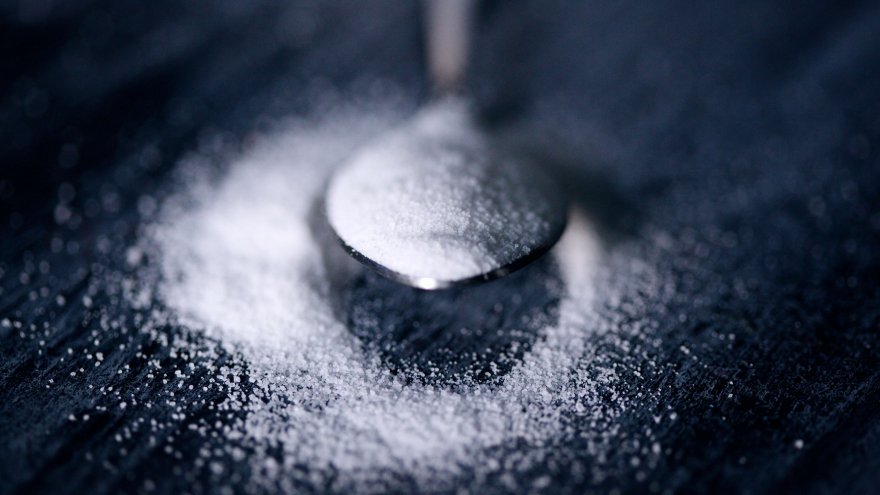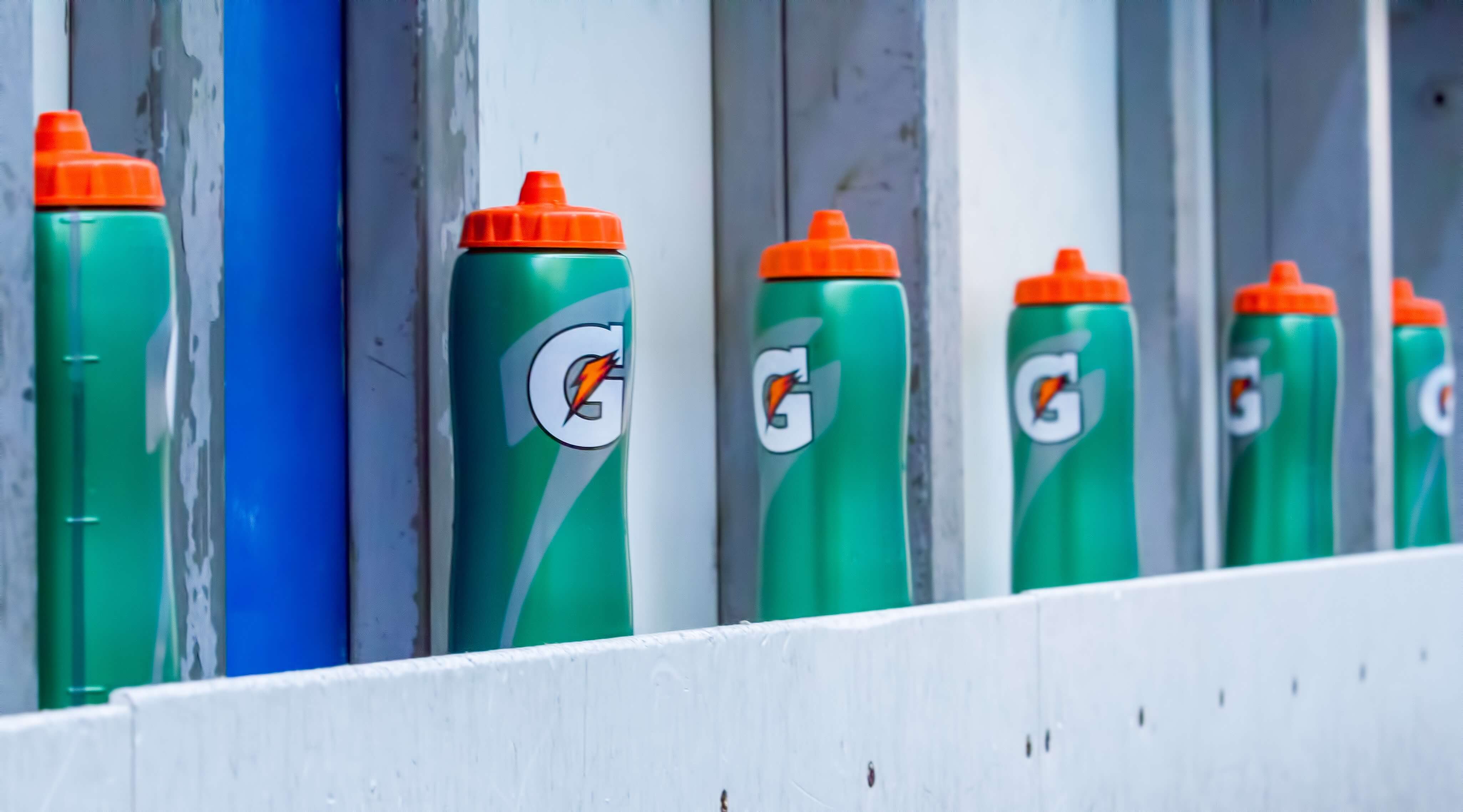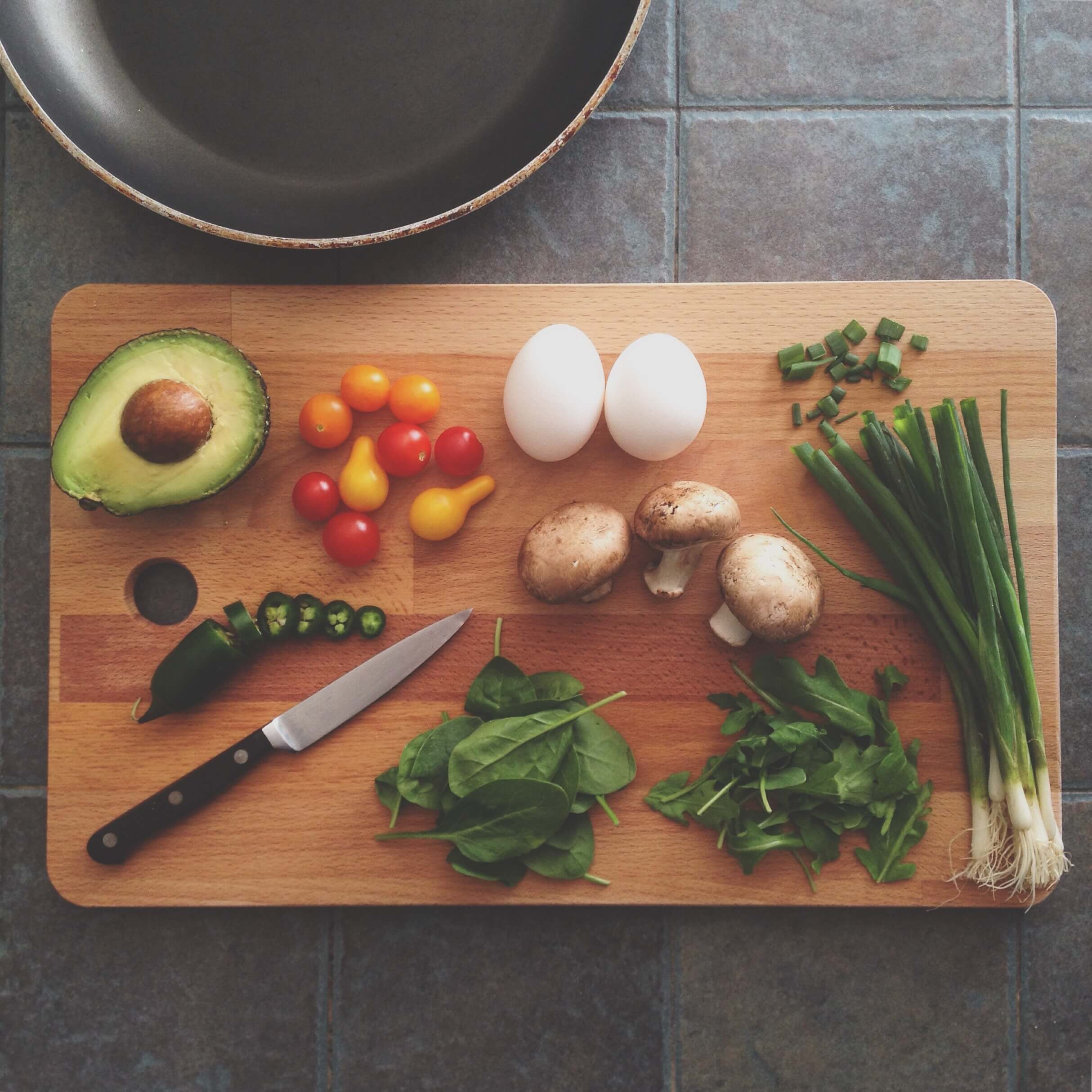How Can Runners Cut Out Sugar From Their Diet?

Runners have a love/hate relationship with sugar. While all energy chews, gels, and sports drinks have sugar needed to help fuel our runs, we know that we need to reduce sugar in general from our diets. But how to reduce sugar intake as an athlete then?
Sugar is the bane of all evil in the world of nutrition. Sugar is in just about everything, it seems, from carbohydrates runners, need (and think bread, pasta, etc.) to fruits, dairy, and junk food.
According to the World Health Organization, it is recommended that only 5 percent of daily calories from sugar. This means about six teaspoons or 25 grams per day.
It is extremely hard to be on a no sugar diet, although plenty of people found success in cutting out refined sugars at least. How to cut out sugar? Follow these tips.

Running On Carbs
We need sugar to fuel our bodies to be able to get through those long runs. Carbs break down into glucose, which gets stored in the muscles as glycogen, which powers them to work during exercise.
The longer or more intense the run, the more glycogen needed, thus carbs, thus sugar. This is why carbohydrates aren’t the enemy for runners.
According to the Academy of Nutrition and Dietetics, runners need five to seven grams per kilogram of body weight when paired with moderate activity. This means fo about 350 grams of carbs in a given day for a women training for a half marathon at a moderate pace.
Runners need six to 10 grams of body weight in kg for high-intensity workouts.
The bottom line is that runners need to consume carbs, so a no-sugar diet is out of the question. But there is a major difference between sugar in a sweet potato compared to eating a bowl of Captain Crunch.
Cutting Back

Still, runners should reduce sugar intake to make sure they are filling their bodies with healthy, nutritious foods.
There are four types of sugar: monosaccharides, disaccharides, lactose, and polysaccharides.
Reducing sugar intake is to focus on cutting out disaccharides sucrose (glucose and fructose) like table sugar and items like cookies, cakes, and foods with high-fructose corn syrup.
Allow for sugar sources to come from simple carbs like potatoes, grains, and fresh fruits.
Filling up some vegetables, protein, and healthy fats also is a great way to avoid overeating carbs during a meal—practice portion control.
Those who have a love affair with sugar can also try these tips to reduce sugar intake.
Cutting Out Sugar Tips and Tricks
1. Skip the coffee creamer
Instead, opt for Almond Milk or try drinking coffee black. Switching to an herbal tea might also be a better alternative than caramel lattes loaded with sugar.

2. Pair carbs with protein
This helps to make the runner feel fuller longer while also allowing muscles to repair.
3. Listen to cravings
Sometimes a sweet tooth hits, but this could be a way for our bodies to tell us it’s missing something. In most cases, our brains are just wired to want sugar. This means “reprogramming” in a sense to cut off the reward aspect in our brain when eating something sweet.
Other times it’s a sign that there the runner isn’t eating enough protein, or there is an iron deficiency, or calcium, zinc, chromium, or magnesium imbalance.
4. Fuel Up Right
Those not training for a big race and thus not running strenuously can focus on cutting back on sugar more than those actively training. This means watching sugar intake during the day since runs include sports drinks and nutrition products that contain sugar.
Those who are training can be a little laxer when it comes to sugar intake, but try to limit the snack or baked goods before and after long runs.
5. Use An App
A great way to know how much sugar a runner is consuming is by tracking it. And there’s an app—plenty of apps—for that. Keeping a food log is beneficial in general to be able to see when overeating occurs or to identify poor eating habits.
6. Start With One Item At A Time
Drink soda? Cut that out. Then next week, cut out the added sugars in coffee. The next week cut out the baked goods, etc. Start with one sugary food item at a time to slowly detox from the high amount of sugars in the diet. Weaning off means there is less likelihood of getting headaches or severe cravings.
7. Eat fresh

Aim to make meals fresh at home instead of ordering out, eating out, or popping something in the microwave. Read and compare food labels to identify how much sugar an item has. Cut back on condiments like ketchup or bbq sauce that adds to sugar intake.
8. Plan Ahead
Like meal prepping is great for weight loss and sticking to a diet, planning for snacks is crucial when cutting added sugars. Options include a hard-boiled egg, raw veggies with Greek yogurt, nuts, celery with almond butter, or roasted chickpeas.
9. Eat More Fat
Here we mean the healthy kind like avocado. Consuming more healthy fats turn off triggers for sugar cravings in the brain.
10. Give In
Cutting added sugar cold turkey never is a good idea. If you want that dessert, go for it. But follow this advice within reason. Wait until the end of a long training week and use that desired item to reward the hard work.
Sources
- , World Health Organization lowers sugar intake recommendations , News Website
- , How Does Sugar Affect Running? , Health Website
- , The Science Behind Sugar Cravings, Health Website
- , How to Eliminate Sugar From Your Diet in 21 Days, Health Website
Latest Articles
 Is Running on a Treadmill Easier Than Running Outside?Runners have their own preferences, whether it is treadmill running, running outside on the road, or exploring trails. So...
Is Running on a Treadmill Easier Than Running Outside?Runners have their own preferences, whether it is treadmill running, running outside on the road, or exploring trails. So... Is It OK to Use Trail Running Shoes on the Road?While trail running shoes can be used on roads, especially in situations where a runner encounters mixed terrains or pref...
Is It OK to Use Trail Running Shoes on the Road?While trail running shoes can be used on roads, especially in situations where a runner encounters mixed terrains or pref... How to Fix Sore Quads After Running?Rest, ice, gentle stretching, and over-the-counter pain relievers can help soothe sore quads after running. Also, ensure ...
How to Fix Sore Quads After Running?Rest, ice, gentle stretching, and over-the-counter pain relievers can help soothe sore quads after running. Also, ensure ... 10 Fruits With The Most Electrolytes to Replace Sports DrinksThese fruits are high in electrolytes such as potassium, magnesium, and calcium, essential for hydration, muscle function...
10 Fruits With The Most Electrolytes to Replace Sports DrinksThese fruits are high in electrolytes such as potassium, magnesium, and calcium, essential for hydration, muscle function...

